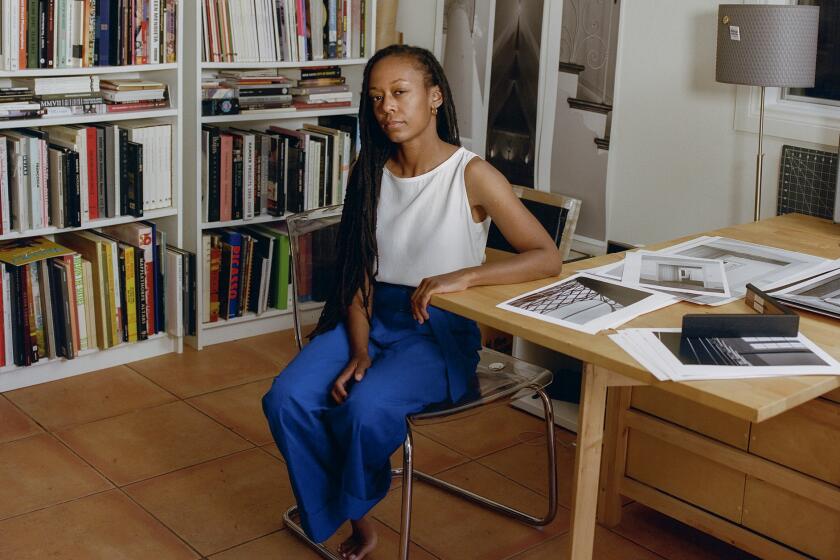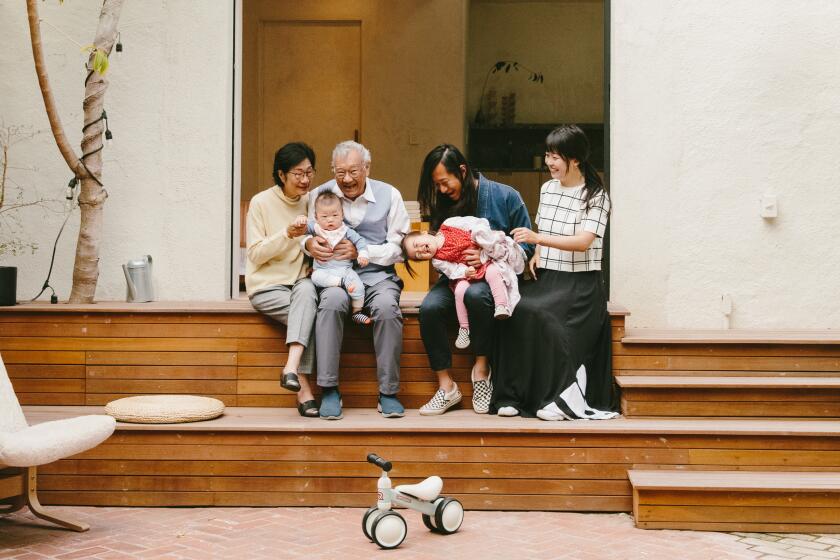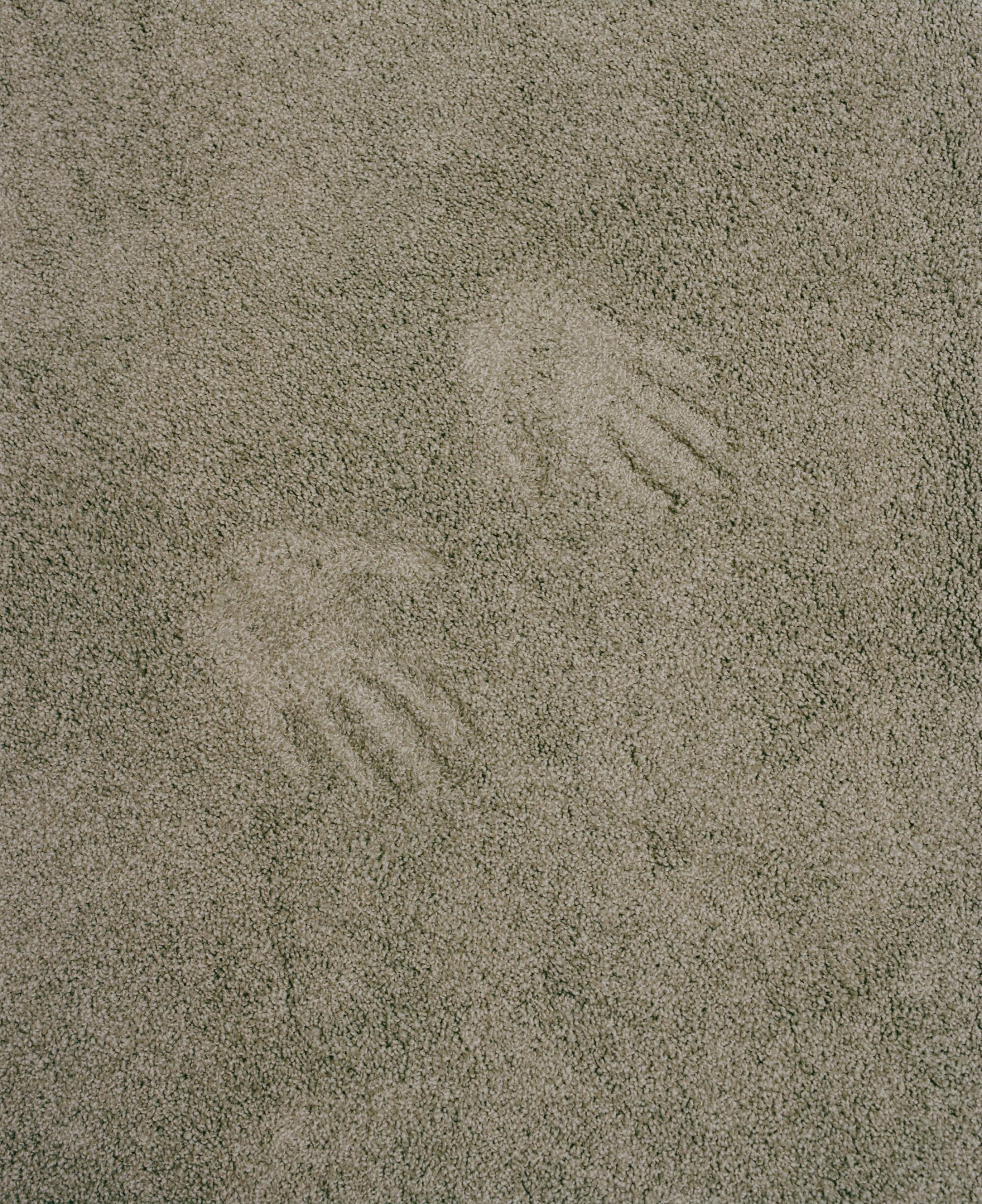
This story is part of Image issue 11, “Renovation,” where we explore the architecture of everyday life — and what it would look like to tear it all down. Read the whole issue here.
Eventually, everything tired, clichéd or boring is rediscovered. Old things become new again because they get recontextualized, reimagined or rehabilitated. Trends become clichés, then tastemakers and contrarians go back to whatever it was the current trend is rebelling against. It doesn’t matter if the trend is among the most heinous scourges on the human race, like war, famine, pestilence. But in the case of interior design, what has come back around in L.A. is a trend born from the dustbin of American culture. Chic carpets are in. I just want to know why.
“Statement carpet is having a moment,” according to L.A. interior designer Kerry Vasquez. Vasquez has been in the game for a decade and has seen the death and rebirth of carpet. She says while it’s still a less-than-desirable choice for most, more and more of her clients are asking for carpet. This is not the shaggy dog carpets of a bygone era but what’s called “low pile” carpet that looks more like a short, manicured lawn. In the interior design world, this sort of snugly cut carpet is referred to as “tailored,” a term used to describe the highly considered, uniform way the carpet looks from a distance. The carpets come in solid, earthy shades that act in the same way as a base color in an outfit. A rust-brown carpet can be the first building block in creating a uniform vibe for a space.
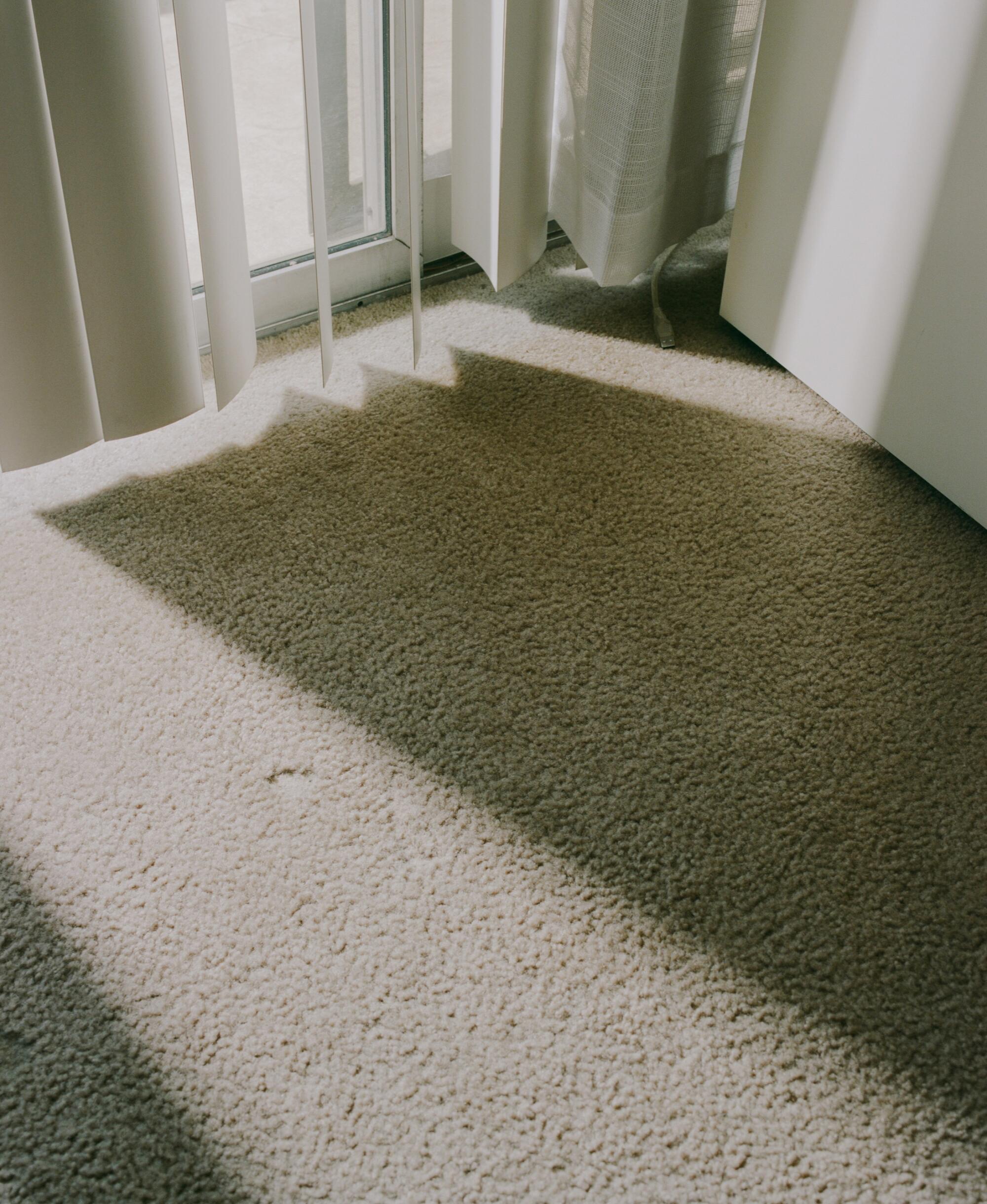
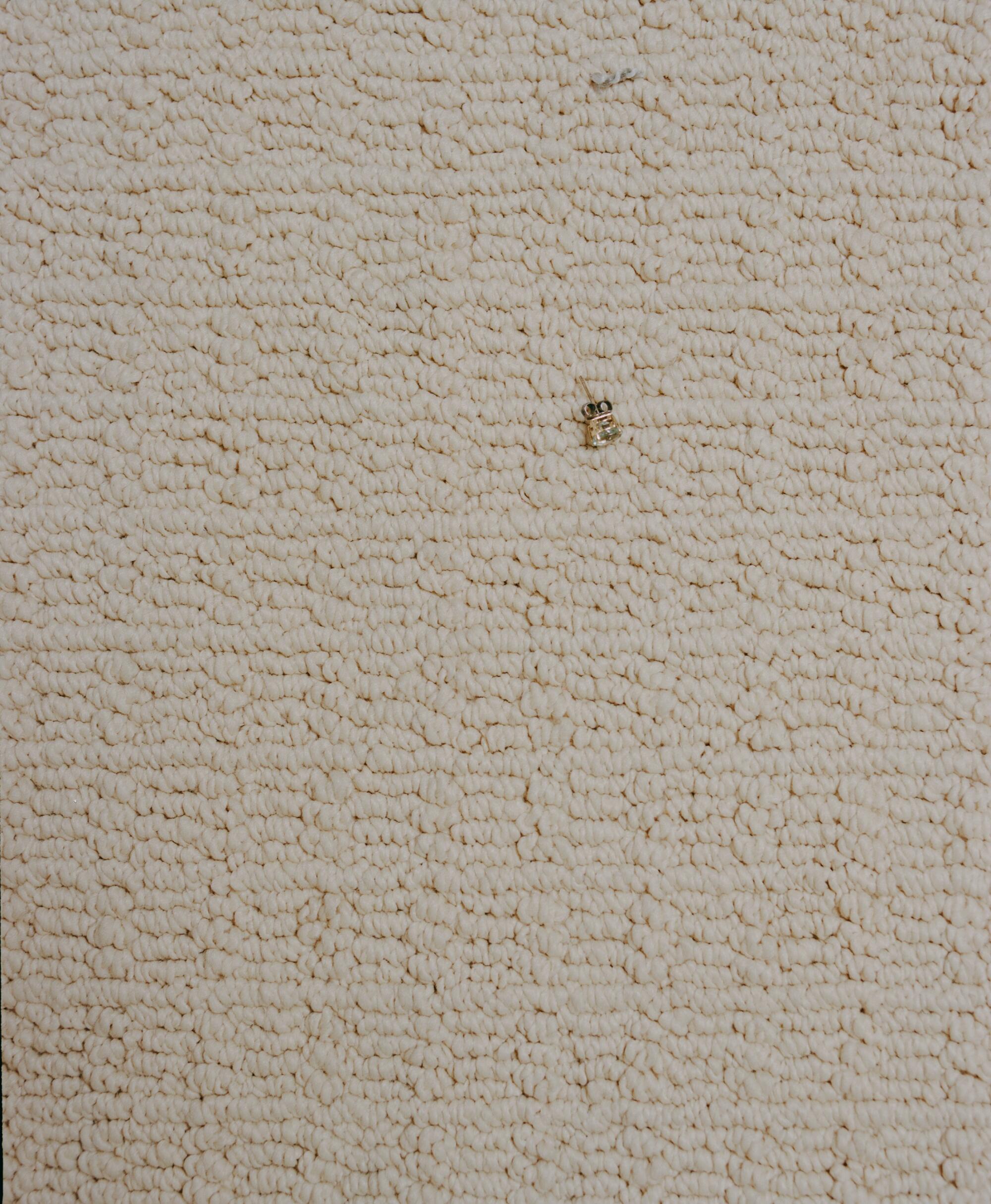
The “chic carpet” trend is easiest to understand with a trip to Casa Perfect, a combination art gallery/concept house that’s currently located inside a ’70s-era Beverly Hills mansion. The 5,000-square-foot home has carpet everywhere. It feels both retro and modern all at once. It’s a peculiar contradiction, the idea that something can be both old and new simultaneously. Especially in Los Angeles, a city known for its incessant need to stay ahead of the curve.
That curve, though, is really a circle. Or a straight line, if you’re on the Westside. So much of West L.A. is flat, tidy and indicative of the midcentury belief that urban utopia (which often was imagined as racially homogeneous and inhospitable to people of color) could be created through unchecked development, single-family homes and plenty of parking. All the creature comforts of the unnatural world. Carpet softened that hard, industrial and utilitarian conformity. Carpet adds texture to a home that is palpable. There’s a warmth and an organicness to it, even when it’s as synthetic as anything else in the home.
More stories from Renovation
Author Xuan Juliana Wang reconsiders the meaning of an ADU.
Activist Theo Henderson and scholar Ananya Roy show you what listening to the unhoused looks like.
Artist Ryan Preciado can show you a new path for furniture design.
Poet Christopher Soto envisions an L.A. without carceral architecture.
Photographer and writer Janna Ireland puts together some notes on interior life and family.
If you grew up in a certain sweet spot during the 20th century, and especially if you lived in California, you probably were around a lot of carpet. I remember the dark, muddy-brown shag that covered most of my childhood home. I don’t think we ever got that stuff clean. You could vacuum it, shampoo it, run a comb through it or get on your hands and knees and scrub it with a sponge inch by inch, and it would never look anything but ragged.
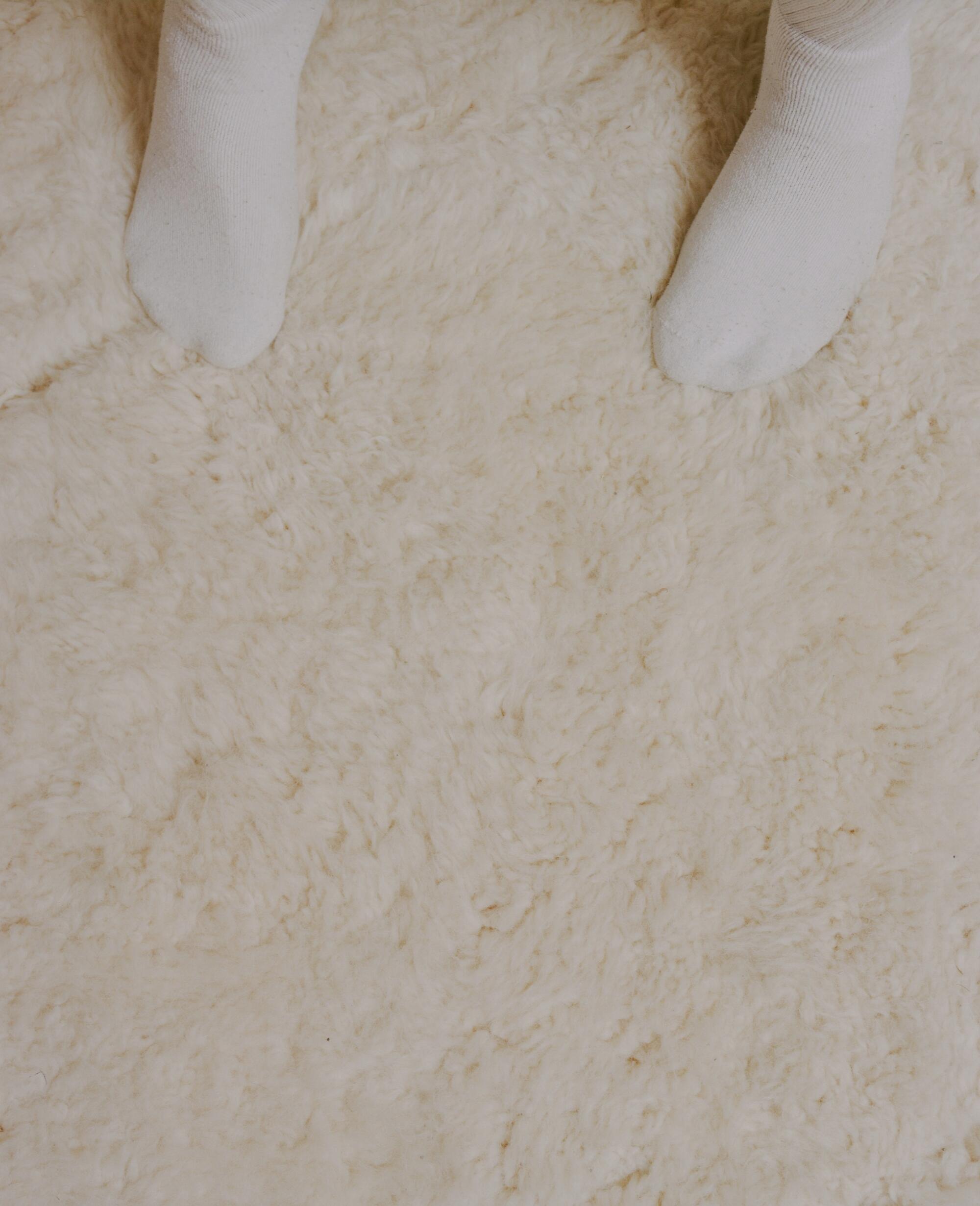
Perhaps that’s why millennials rejected carpet en masse. Apartment listings touting carpeted floors go unloved and unviewed. Building managers promise to rip it out before you move in. The prevalence of carpet on the Westside is likely connected to the surge in postwar construction in Los Angeles at midcentury. The city expanded west right at the time that wall-to-wall carpeting became a symbol of affluence, refinement and taste. Companies like Shaw Industries and DuPont were raking in millions of dollars providing Americans with the ultimate symbol of status: a deeply impractical flooring situation.
Carpets aren’t like the hardwood floors that are so prevalent in trendy urban centers. They can’t be casually swept and mopped. They must be maintained. Regularly. Carpets age. They deteriorate. They lose their luster. I think we can all relate to that. But the shelf life of carpet is part of the appeal for some. The ubiquitous carpeting of midcentury fantasies is expensive to maintain. Like a sprawling front lawn in front of a stately mansion in Hancock Park, an extensively carpeted home screams to the outside world, “This person has the money to keep this up.”
That idea of maintenance equaling status works across numerous aspects of life in L.A. (or America in general). If you keep your car washed and waxed, you can afford the Ambassador Wash when you take it in for a detail. If you, as a person, have six-pack abs, that means you can afford a personal trainer. You also have the time for all this maintenance because you live the worry-free life we all dream about. That’s carpet. A massive hassle for most of the population. And that’s still the appeal.
Janna Ireland’s practice is a way of seeing and being comfortable in the world.
There will always be a subsection of the population of this city that craves conformity, that needs to avoid standing out in a social circle. What you wear, what you keep in your home and what you drive need to fit the primary picture of success of the time. The Westside — with its high rents, sprawling homes and numerous exclusive communities — is a place that beckons to the strivers. The ones who want what their neighbor has, and more.
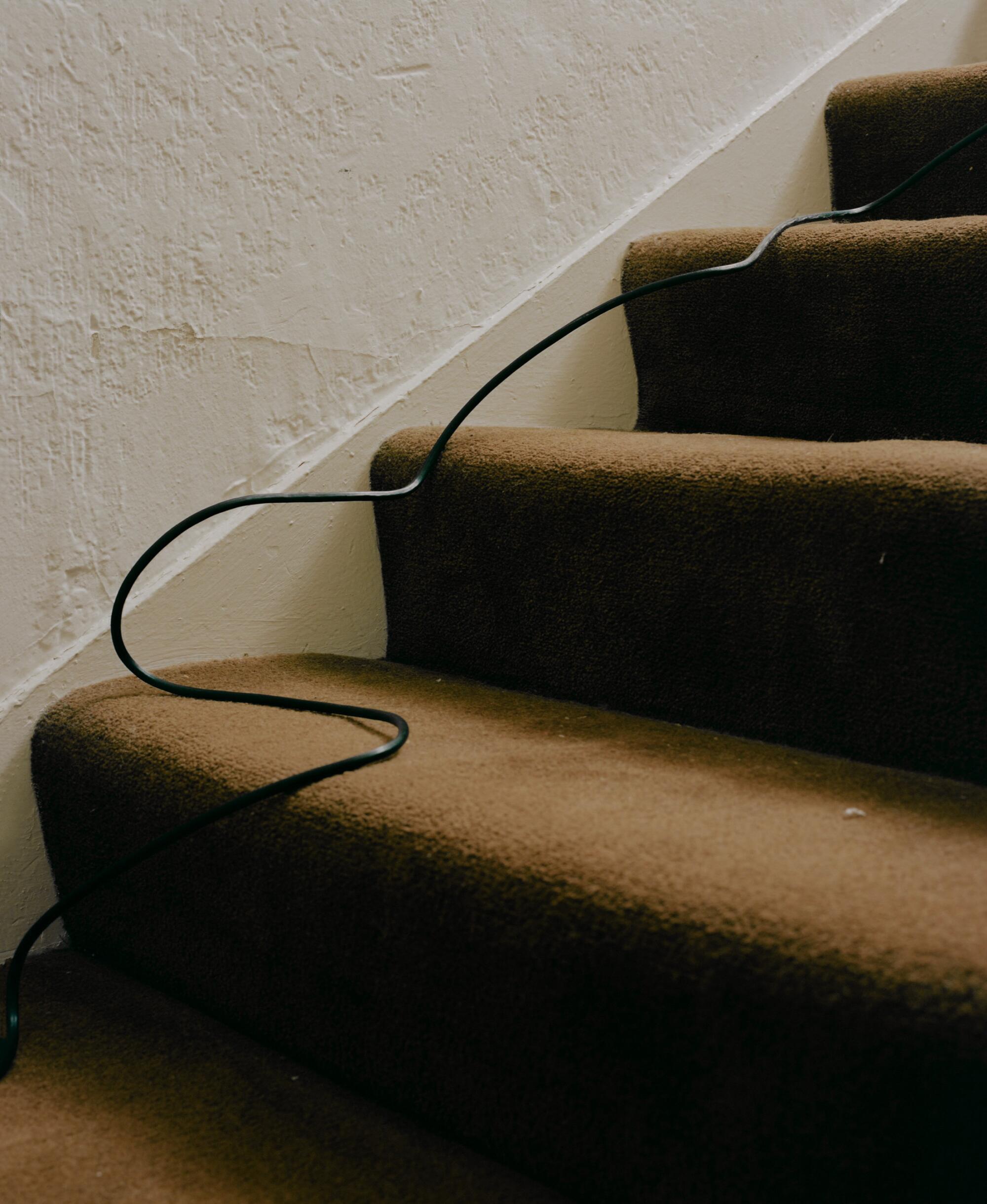
But there’s also a group of people who crave nothing more than to break that picture into tiny little pieces. People who want to be “tastefully gauche,” if I can offer another contradiction. L.A.’s a place that celebrates the rule breakers who then create the new rule by accident. At one time, carpet was part of our urban Manifest Destiny march to the sea, and hardwood floors were on the outs. That dynamic flipped in Los Angeles, and it will flip again. Because stagnation is the death of creativity when you live inside the dream factory. I’m not sure I’m ready to embrace carpet, but give me five years and I might change my mind.
More stories from Image
